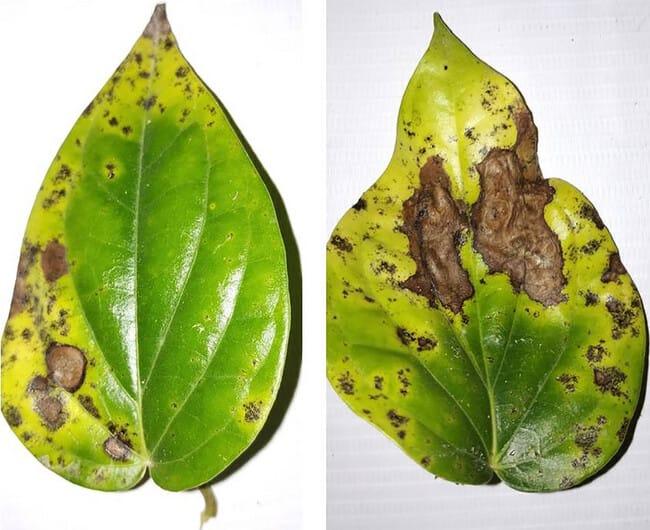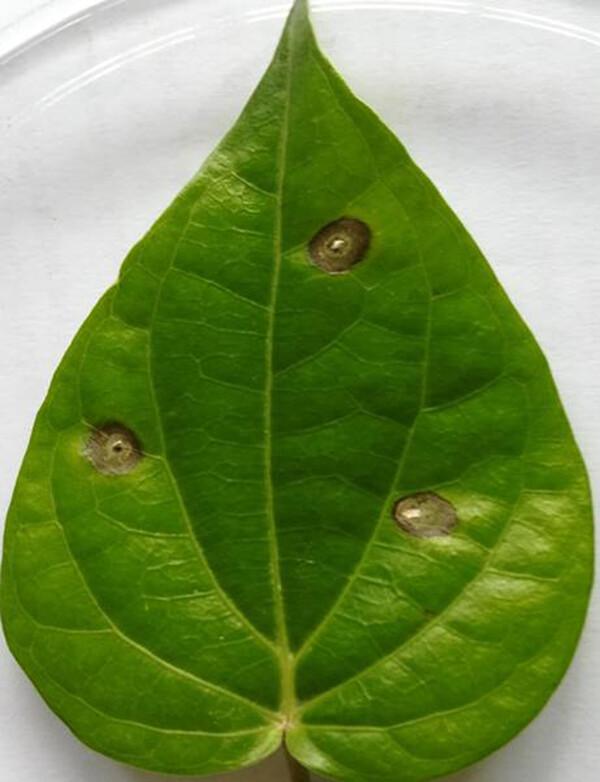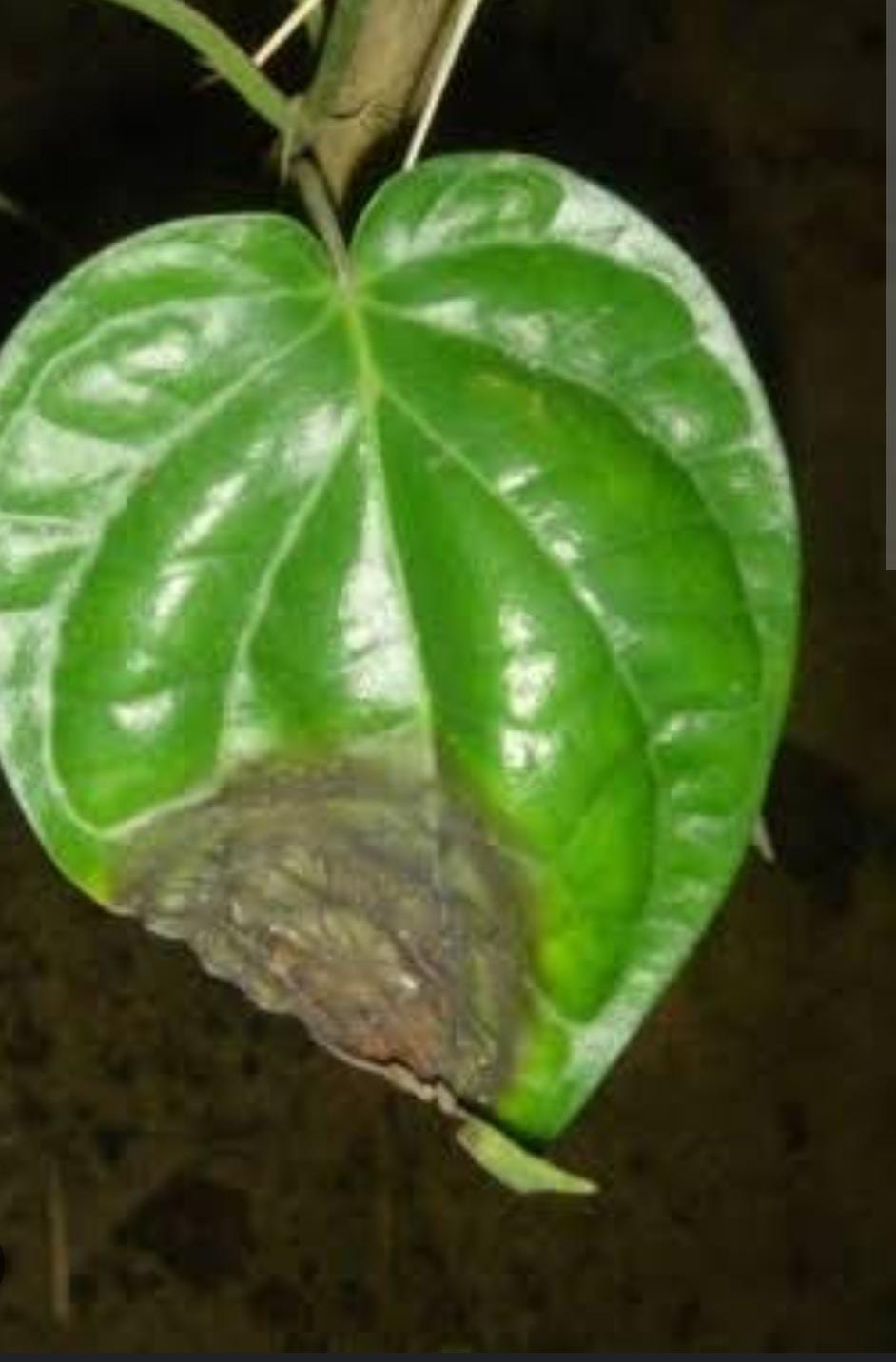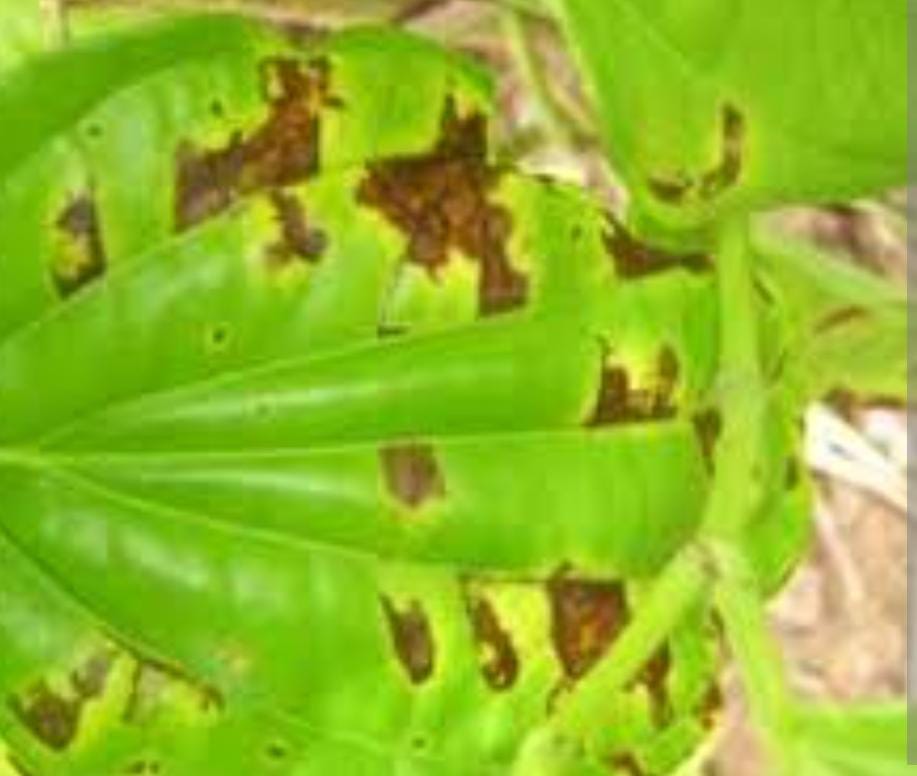Tamalapak Plant
Tamalapak, commonly called as Betel Leaf, referring to a specific plant variety, may have varying care requirements. Generally, provide well-draining soil, appropriate sunlight, and regular watering. Pruning and fertilizing practices may vary based on the specific characteristics of this plant.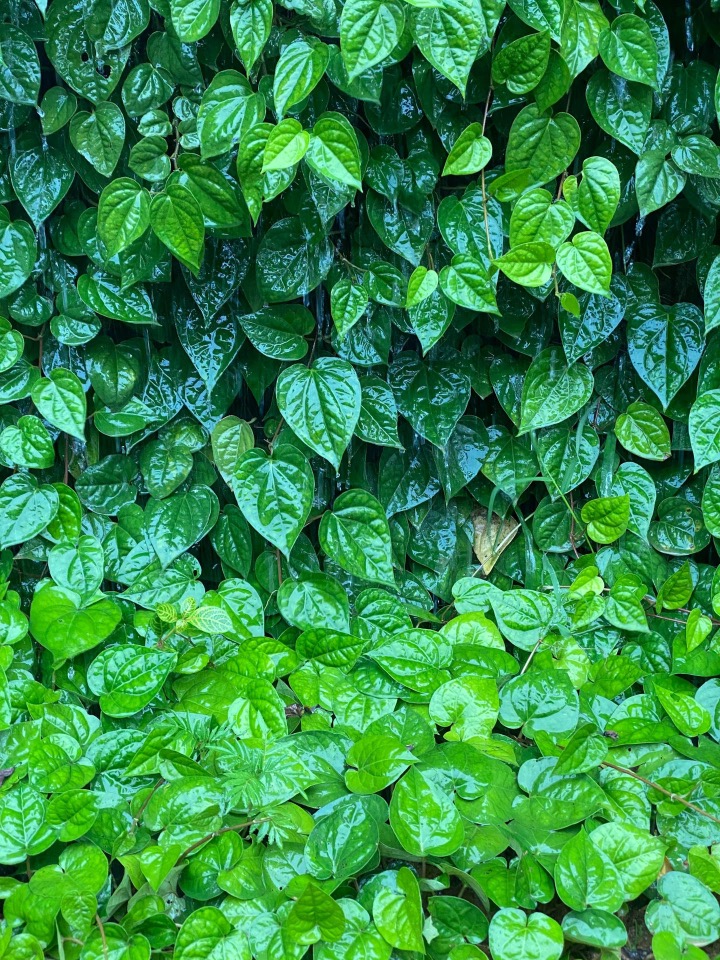
Habit
Tree
Height
0.3 to 0.5 m
Growth
Fast
Soil
Well-drained, Sandy Loam
Shade
Full Sun
Moisture
Moist
Edible
Yes
Medicinal
Yes
Origin
India, Tropical
Climatic Condition
Tropical, Subtropical
Temperature (°)
20°C to 30°C
Humidity (%)
60% to 80%
Potting media
50% Loam, 40% Sand, 10% Organic Matter
Fertilizers
Organic Fertilizer
Watering
Regular watering
Plant Weight
0.2 to 0.3 kg
Flowering Time
Spring to Fall
Soil Ph level
6.0 to 7.5
Water Ph level
6.0 to 7.0
Soil EC
0.4 to 0.6 mS/cm
Yield Per Plant
1 to 2 kg per plant
NPK ratio
10:10:10
life Span
1 to 2 years
Health Benefits
Ornamental, Medicinal
Suggested Grow Media or Potting Mix ?
40% compost, 30% peat moss, 30% perlite
Suggested Fertigation/Fertilizers
Fertilize every 4 weeks with a balanced, water-soluble fertilizer.
Common Diseases and Remedies
Leaf Rot , Anthracnose .
yellow spots which are slightly raised and irregular in Outline and correspond in extent to white powdery patches of mildew on the under-surface of the leaves.
removal of infected leaves.
HEALTH BENEFITS
1. Antioxidant: Thamalapaku may help protect against oxidative stress and inflammation, which can reduce the risk of chronic diseases such as heart disease and cancer.
2. Anti-inflammatory: The plant may help reduce inflammation and alleviate symptoms of conditions such as arthritis.
3. Antimicrobial: Thamalapaku may help protect against infections and promote wound healing.
4. Cardiovascular health: The plant may help support cardiovascular health by reducing cholesterol levels and blood pressure.
What is Tamalapak?
The Tamarapak plant is botanically known as betel or betel nut. It is a vine plant of the pepper family that is native to Southeast Asia.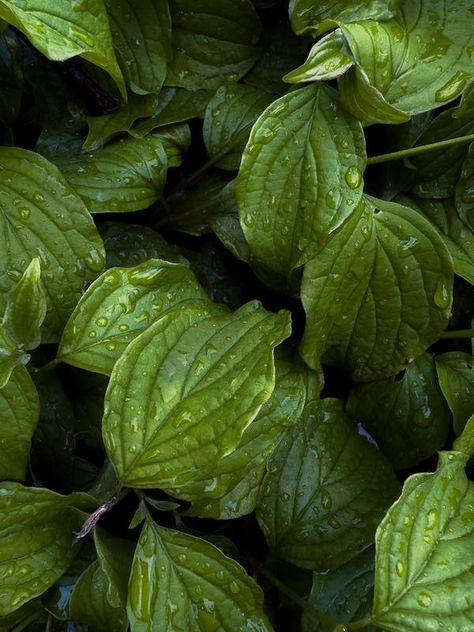
What Are The Different Types Of Tamalapak?
Piper betle:
The most common species, known for its heart-shaped, glossy leaves, used in traditional medicine and cooking throughout Asia. I am.
Piper sarmentosum (wild betel leaf):
Also known as daun kaduk, it resembles betel leaf but has a slightly different taste and is often used in Southeast Asian cuisine.
Piper rolot (La lot leaf):
Native to Southeast Asia, it has large heart-shaped leaves with a peppery flavor and is often used as a wrapper for grilled foods.
Piper cubeba (Cubebu):
Although not used as betel leaf, it is a member of the betel nut family and is known for its aromatic fruit, which is used for cooking and medicinal purposes.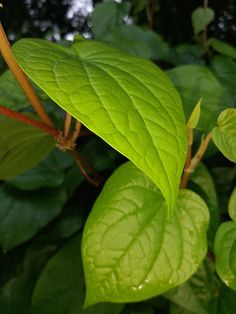
How can I take care of Tamalapak?
Location
Plant in a warm, moist location with partial shade. It can be grown outdoors in tropical regions or indoors in containers.
Sunlight
Prefers filtered sunlight or partial shade to prevent leaf scorch.
Soil
Well-drained fertile soil with good organic content.
Hydration
Keep soil evenly moist but not waterlogged. Mist the leaves regularly to maintain humidity.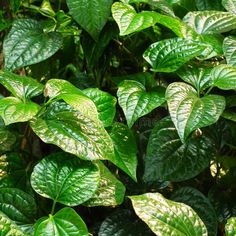
Nourishment
Feed with a balanced fertilizer every 4 to 6 weeks during the growing season.
Issues
Watch out for pests such as aphids, spider mites, and fungal diseases. Prune regularly to maintain shape and remove dead or diseased leaves.
What Are The Benefits Of Tamalapak ?
Medicinal uses: Betel leaf is used in traditional medicine for its antiseptic, anti-inflammatory and digestive properties.
Culinary Uses: The leaves are often used in South and Southeast Asian cuisine as packaging for various fillings, adding flavor and aroma to dishes.
Cultural Significance: Betel leaves are an integral part of cultural rituals and rituals in many Asian countries.
Ornamental Value: Lush, glossy foliage adds beauty to gardens and interiors.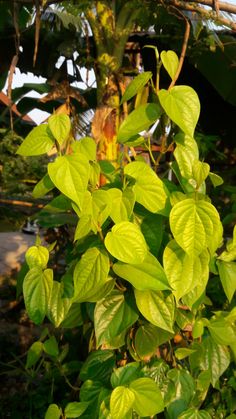
FAQs About Growing Tamalapak
Can betel leaves be grown indoors?
Yes, betel leaves can be grown indoors as long as sufficient light and humidity are available. Can be grown in containers.
How often should I water betel leaves?
Water regularly to keep the soil evenly moist but not soggy. Adjust watering frequency according to environmental conditions.
How can I propagate betel leaves?
Betel leaves can be propagated by cuttings or layering. Take cuttings from healthy stems and place the cuttings in moist soil or water.
